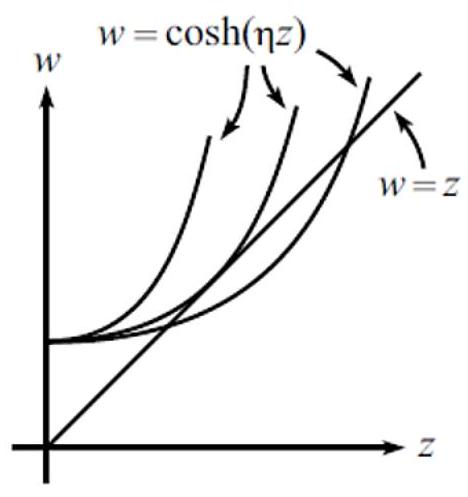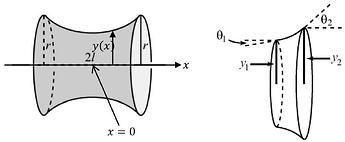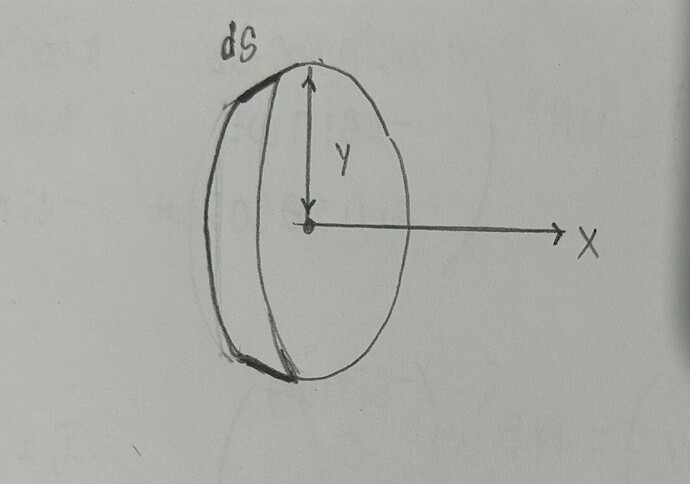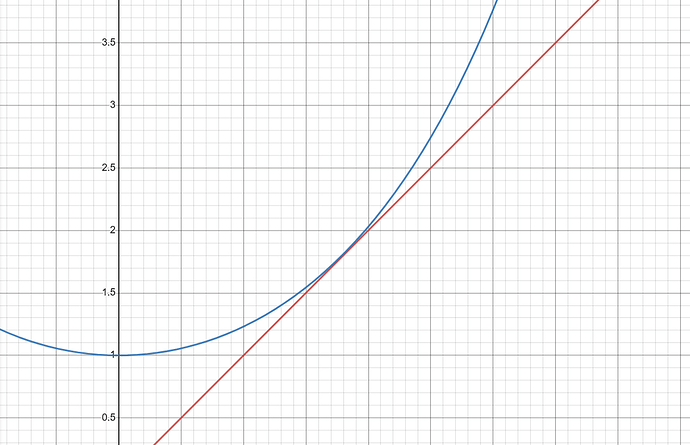Can anyone please provide a solution to the 3 parts of this problem? I was unable to solve this on my own. It will be very helpful. Thanks!
Problem: Consider the soap membrane suspended between two ideal rings with radius
r, as shown in the left figure below, the planes where the two rings are located
are both perpendicular to the connecting line between the two centers. The
distance between the two rings is 2ℓ. In the case of constant temperature, the
surface tension of the film is constant. We set the x coordinate axis parallel
to the line connecting the two circle centers, and the origin is at the midpoint
of the two circle centers. Assuming that the section radius at the abscissa x
is y(x), and the angle between the membrane and the x axis is \theta, as shown
in the right figure below. This question does not take gravity into account.
- Please prove that y(x) · cos \theta = constant.
- If there is a constant b such that:
r = \frac{1}{b} * cosh bl
Find the equation y(x) of the shape of the soap film.(expressed in b
and x) - To make these membranes exist stably, a constant b must be found to satisfy r=\frac{1}{b} \cosh b \ell, but once \ell / r is greater than a certain critical value, b does not exist. If the function graph of w=\cosh \eta z and w=z is known as follows, the three curves in the figure correspond to different values of \eta respectively. When \eta<\eta_{0}, there are two intersections between w=\cosh \eta z and w=z; when \eta>\eta_{0}, there is no intersection between w=\cosh \eta z and w=z; and when \eta=\eta_{0}, there is exactly one intersection. If \eta_{0} \approx 0.663 is obtained through calculation, try to find the maximum value of \ell / r that enables the membrane to exist stably.
Hint: \int \frac{1}{\sqrt{x^{2}-1}} d x=\ln \left(\sqrt{x^{2}-1}+x\right)+ Constant, \cosh x=\frac{e^{x}+e^{-x}}{2}.
Answers given: (1) Prove yourself. \quad (2) y(x)=\frac{1}{b} \cosh b x \quad (3) The maximum value of \ell / r is \eta_{ 0} \approx 0.663
Diagrams:



